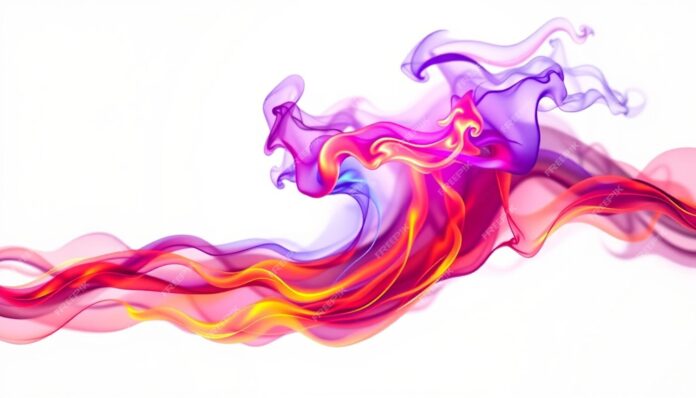For example, in the past, the focus used to be “megapixels” – higher the number, better the camera – apparently. Nowadays, we see companies including features like adjustable aperture, image stabilization, and more. Recently, in tech articles, I have noticed that companies now have started mentioning ToF – which sounds rather like technical jargon, a tactic used to impress the average consumer. Although it is a marketing technique, learning more about Time-of-Flight is worth your Time.
Firstly, what is Time-of-Flight ?
As the name suggests, it allows us to figure out the time taken by a particle, object, or wave to travel a certain distance through a medium, and this can have several uses – it can help us analyse the properties of the medium and calculate velocities and/or distances.
Now that we have a general idea of what ToF is, how is this concept applied to smartphones? Nowadays, several smartphones have integrated ToF sensors into their camera setup. In this case, ToF works with Lidar to create a 3D model of the surroundings using the difference in ‘time-of-flight’ of the rays of light waves emitted by the camera setup.
How is ToF beneficial ?
ToF has several applications in the context of smartphones alone, as listed below:
- ToF allows for better focusing capabilities, as a more precise model of the subject is created.
- As focus on AR increases, ToF will allow for a more accurate representation of objects as well as displaying objects in AR.
On top of smartphones, ToF sensors are being used on drones for obstacle avoidance systems.
Now that you know about these sensors, there are a bunch of small projects that you can take on using Arduino. For example, you could make a light setup that is dependent on proximity or create a range finder to calculate distances!

